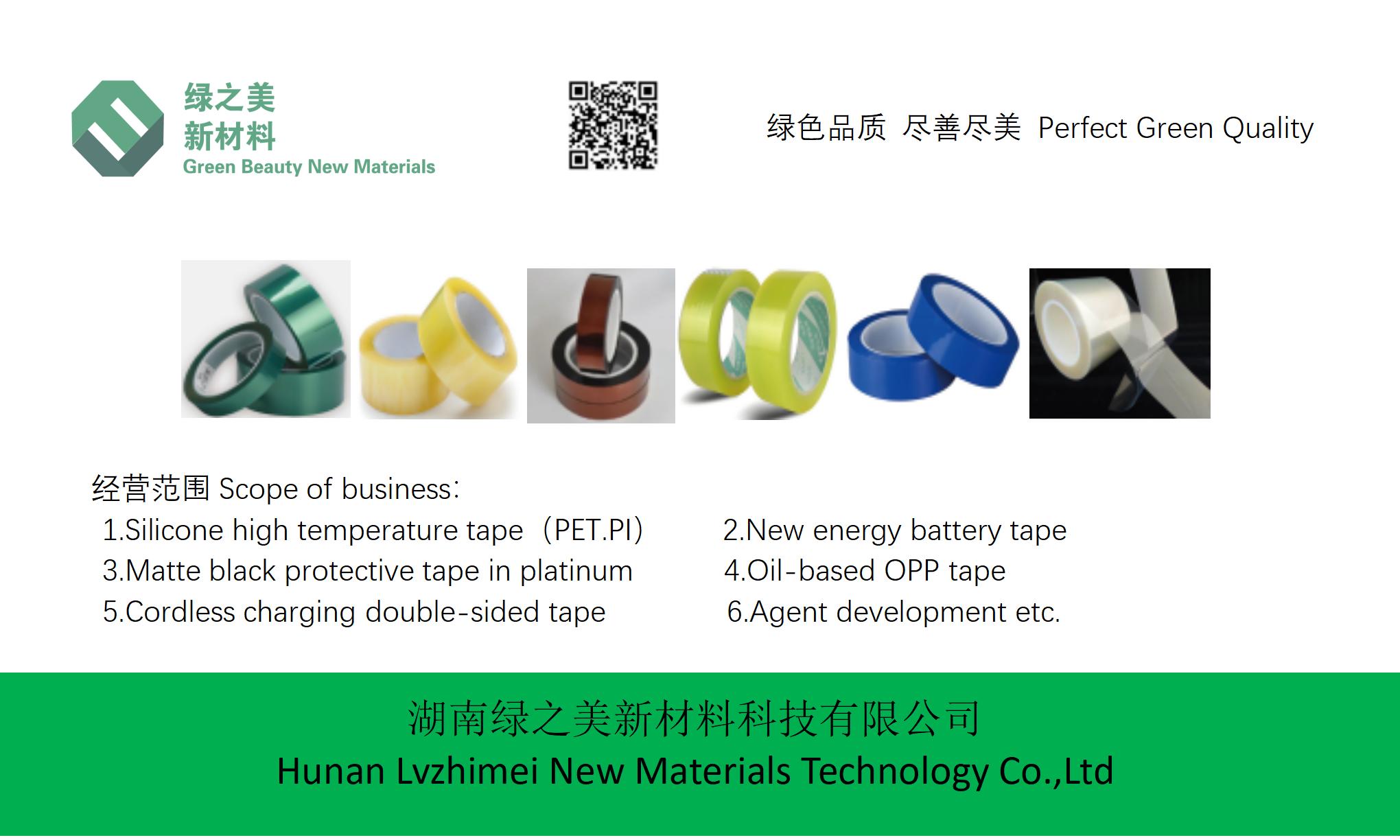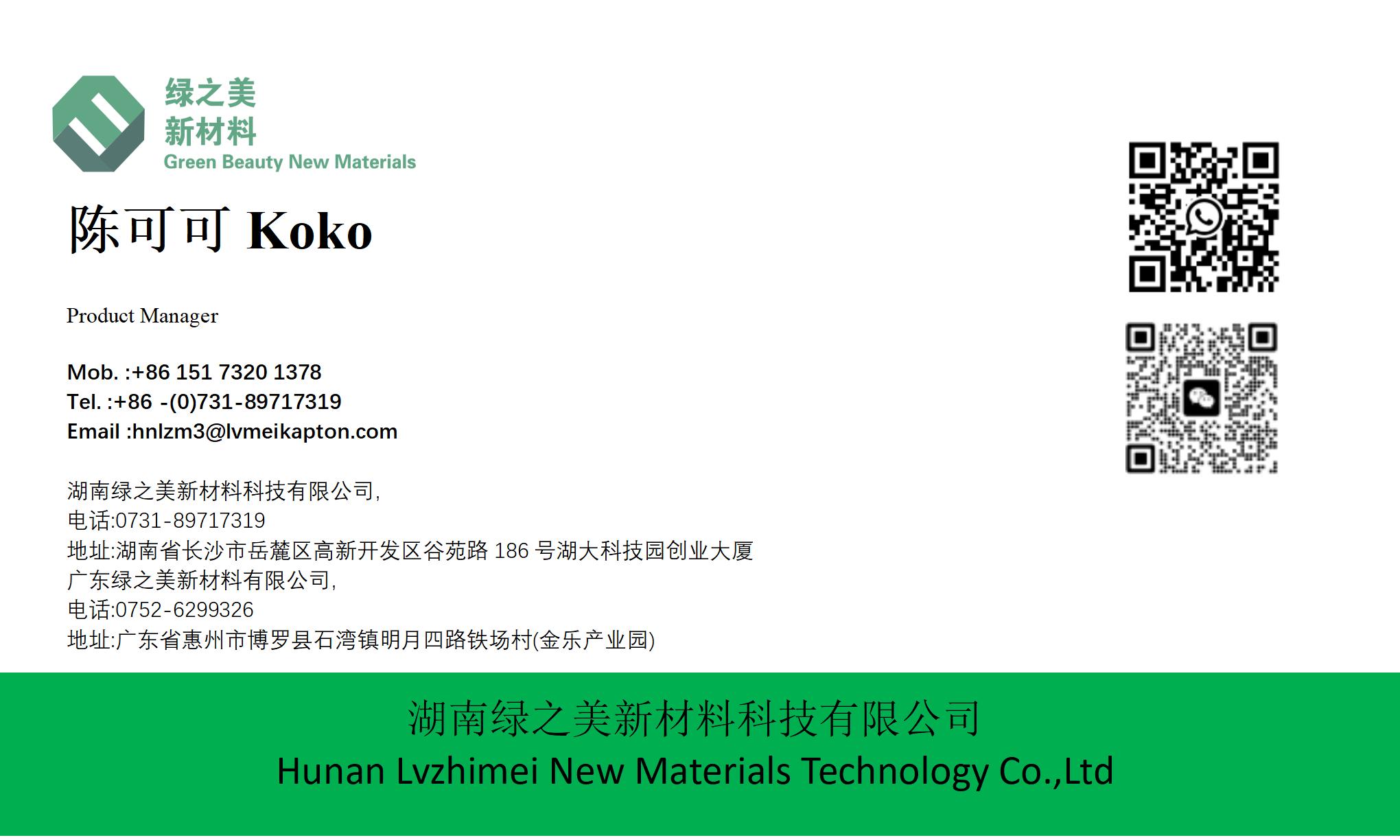hnlzm@lvmeikapton.com
+86 13787123465


Hunan Lvzhimei New Material Technology Co., Ltd.


NameDescriptionContent
How Does Gold Finger Electronics Polyimide Tape Kapton Ensure Reliability in Satellite Communications? |https://www.lvmeikapton.com/
Source:
|
Author:Koko Chan
|
Published time: 2025-04-18
|
1 Views
|
Share:
Satellite communications play a pivotal role in modern global connectivity, enabling data transmission, navigation, and remote sensing. However, the harsh environments of spaceextreme temperatures, radiation exposure, and mechanical stresses—pose significant challenges to electronic systems. Ensuring the reliability of these systems is essential to prevent mission failures and costly downtime. Gold Finger Electronics Polyimide Tape Kapton, a high-performance material developed for aerospace applications, has emerged as a critical component in mitigating these risks. This article explores how Kapton tape’s unique properties and applications contribute to enhancing the reliability of satellite communication systems.


The Uniqueness of Kapton Tape: Key Properties for Reliability
Kapton tape, a registered trademark of DuPont, is a polyimide film coated with adhesive. Its exceptional characteristics make it indispensable in space electronics:
1. Thermal Stability: Surviving Extreme Temperatures
Satellites experience rapid temperature fluctuations, ranging from -200°C in shadow to +200°C in sunlight. Kapton tape maintains structural integrity and electrical performance across this range, preventing thermal degradation of components. Its thermal conductivity of 0.2 W/(m·K) aids in heat dissipation, protecting sensitive electronics from overheating. This stability is crucial for long-term operation in space.
2. Electrical Insulation: Shielding Against Signal Interference
Kapton’s low dielectric constant (3.4) and high breakdown voltage (≥300 kV/mm) ensure minimal signal loss and interference. Its excellent electrical resistivity (≥1×1016 Ω·cm) prevents short circuits and arcing in densely packed circuit boards. This property is vital for maintaining data transmission fidelity in satellite communication systems.
3. Mechanical Durability: Withstanding Launch and Orbital Stresses
During launch, satellites endure intense vibrations and mechanical shocks. Kapton tape’s tensile strength (≥200 MPa) and elongation at break (≥50%) allow it to absorb mechanical stress without fracturing. Its flexibility also enables conformal wrapping of irregular components, providing comprehensive protection.
4. Radiation Resistance: Defending Against Space Hazards
Space radiation, including cosmic rays and solar wind, can damage electronic devices by generating charge accumulation and material degradation. Kapton tape’s high radiation resistance (up to 1×106 rad) preserves its physical and electrical properties, ensuring continuous functionality even in prolonged exposure.
5. Chemical Inertness: Immunity to Corrosive Environments
Satellite fuels and other chemicals can pose corrosion risks. Kapton tape’s resistance to acids, solvents, and fuels prevents chemical degradation, maintaining long-term reliability.
Key Applications of Kapton Tape in Satellite Communications
Kapton tape’s properties are leveraged across multiple critical systems:
1. Circuit Board Protection
Kapton tape is used to encapsulate circuit boards, shielding them from moisture, dust, and radiation. Its low outgassing properties (≤1% TML) prevent contamination in vacuum environments, essential for space applications. This protection extends board lifetimes and reduces failure rates.
2. Signal Transmission Optimization
In waveguides and RF connectors, Kapton tape’s low dielectric loss (tan δ ≤ 0.002) minimizes signal attenuation. It is also employed as a dielectric spacer in microstrip antennas, ensuring precise impedance matching and optimizing communication efficiency.
3. Thermal Management
Kapton tape’s thermal stability supports heat dissipation strategies. For example, it is used as an interface material between heat sinks and electronic components, preventing thermal stress while maintaining electrical insulation.
4. Radiation Hardening
By wrapping radiation-sensitive components (e.g., microprocessors), Kapton tape acts as a passive shielding layer, reducing radiation-induced errors. This is particularly crucial for systems operating in geosynchronous orbits with high radiation exposure.
LVMEIKAPTON Insulating Electrical Tape: Tailored Solutions for Satellite Systems
LVMEIKAPTON, a leading manufacturer of high-performance polyimide tapes, offers specialized products for aerospace applications. Their LVMEIKAPTON insulating electrical tape incorporates advanced adhesive formulations and manufacturing processes to enhance reliability:
Key Features
●
Enhanced Adhesion: Proprietary adhesive systems ensure secure bonding to metals, ceramics, and plastics, even under thermal cycling.
●
Customized Thicknesses: Tapes ranging from 12.5 to 250 μm accommodate diverse application requirements.
●
High-Purity Films:严格控制杂质含量,提升电气性能稳定性。
●
NASA-Qualified:符合严苛的航天材料标准,确保可靠性。
Case Study: LVMEIKAPTON in a Geostationary Satellite
LVMEIKAPTON tape was deployed in a geostationary satellite’s communication module to protect a high-frequency transceiver. Over a 15-year mission, the tape demonstrated:
●
Zero instances of delamination or adhesive failure.
●
Consistent electrical performance despite 10,000+ thermal cycles.
●
Protection against proton and electron radiation, maintaining device functionality.
This case highlights how tailored Kapton solutions can directly contribute to mission success.
Comparative Analysis: Why Kapton Outperforms Alternatives
The following table compares Kapton tape with other common materials used in aerospace electronics:
Property | Kapton Tape | Polyester Tape | PTFE Tape |
Operating Temperature | -269°C to +400°C | -70°C to +150°C | -200°C to +260°C |
Dielectric Constant | 3.4 | 4.3 | 2.1 |
Radiation Resistance | >1×106 rad | 1×105 rad | 1×105 rad |
Flexibility | Excellent | Good | Poor |
Cost | Moderate | Low | High |
Key Takeaways:
●
Kapton’s balanced performance across thermal, electrical, and mechanical properties makes it a versatile choice.
●
While PTFE offers superior dielectric properties, its poor flexibility limits application scope.
●
Polyester’s lower cost is offset by inferior radiation and thermal resistance.
Enhancing Reliability Through Design Considerations
Effective use of Kapton tape requires careful engineering:
1. Tape Selection
Choose tape thickness based on voltage requirements (e.g., 25 μm for ≤1 kV, 125 μm for >10 kV). Adhesive types (e.g., silicone vs. acrylic) should match thermal and environmental conditions.
2. Application Techniques
Proper wrapping techniques (e.g., 50% overlap for multilayer shielding) prevent voids and ensure uniform coverage. Surface cleaning prior to application is critical for adhesion.
3. Thermal Management Integration
Kapton tape’s thermal properties can be synergized with other materials. For example, pairing it with thermally conductive adhesives enhances heat transfer while maintaining insulation.
4. Quality Assurance
Manufacturers like LVMEIKAPTON conduct rigorous testing, including thermal shock, vibration, and radiation exposure, to verify product reliability. These certifications provide confidence for aerospace applications.
Future Trends: Advancements in Kapton Technology
Ongoing research aims to further improve Kapton’s performance:
●
Nanostructured Films: Incorporating nanoparticles to enhance mechanical strength and radiation resistance.
●
Smart Kapton: Embedded sensors or conductive layers for real-time health monitoring of electronic systems.
●
Sustainable Manufacturing: Developing eco-friendly processes to reduce environmental impacts without compromising performance.
These advancements will extend Kapton’s role in next-generation satellite systems.
Conclusion
Gold Finger Electronics Polyimide Tape Kapton’s unique combination of thermal, electrical, mechanical, and radiation-resistant properties ensures the long-term reliability of satellite communication systems. Through its applications in circuit protection, thermal management, and radiation hardening, Kapton tape plays a critical role in maintaining global connectivity. As space missions become more complex, materials like LVMEIKAPTON’s specialized tapes will continue to evolve, paving the way for even more resilient and capable aerospace electronics.



Hunan Lvzhimei New Material Technology Co., Ltd.
Quick Links
Product Categories
© 2024 Hunan Lvzhimei New Material Technology Co., Ltd.All Rights Reserved. Designed by Erge
0731 - 89717319
hnlzm@lvmeikapton.com
+86 13787123465
Room 502, Chuangye Building, No186, Guyuan Road, High-Tech District, Changsha, Hunan, China
CONTACT



